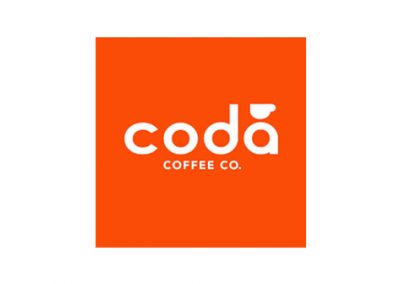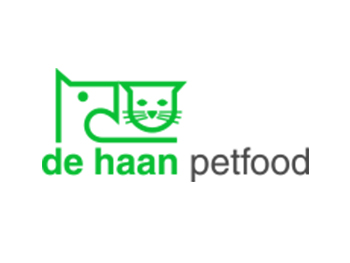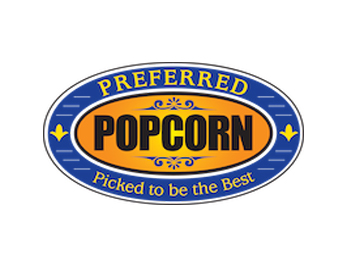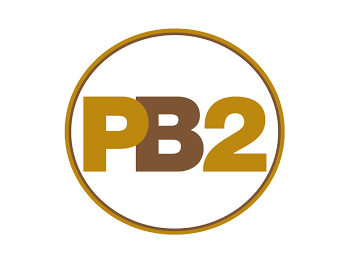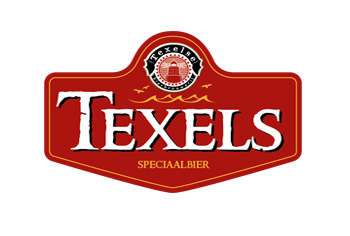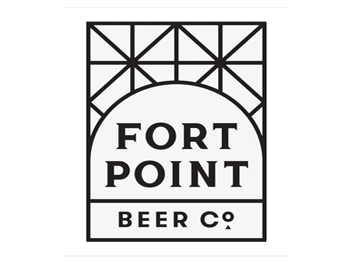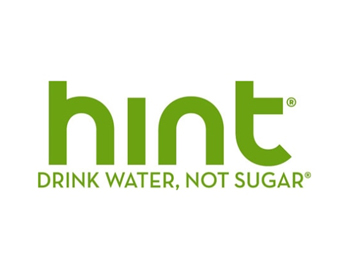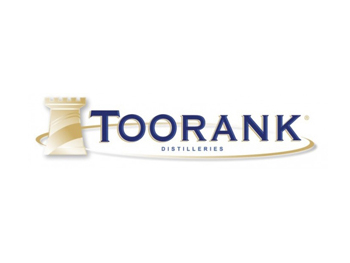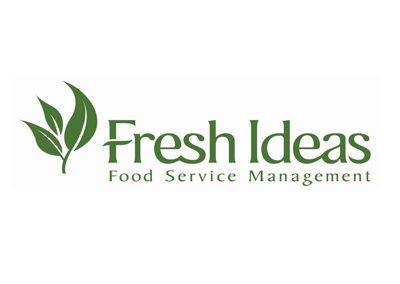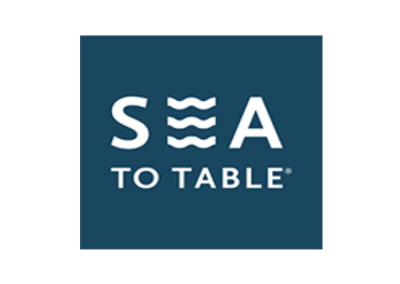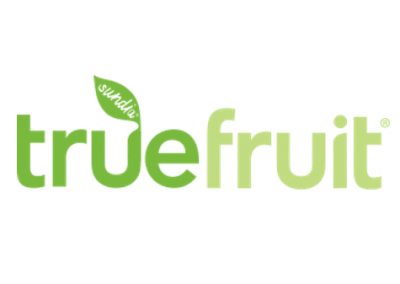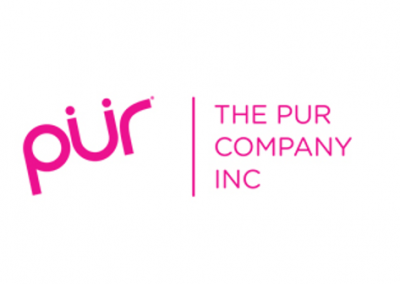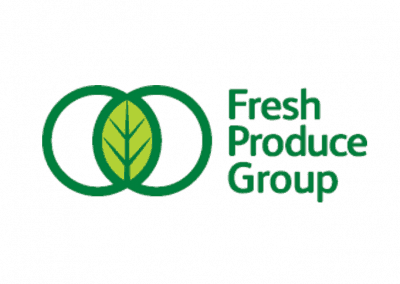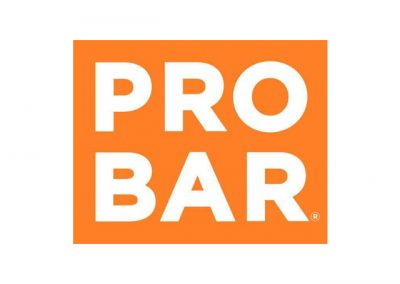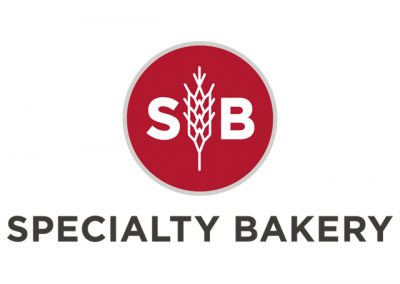Intercompany ERP, CRM, WMS en e-commerce voor ambitieuze food & beverage bedrijven
NetSuite ERP partner FoodQloud helpt snel groeiende voedselproducenten en -handelaren met het nemen van de volgende stap. NetSuite wordt dagelijks door meer dan 25.000 klanten gebruikt. Wij maken deze applicatie food en beverage specifiek middels onze FoodQloud apps en onze uitgebreide kennis van de voedingsindustrie.
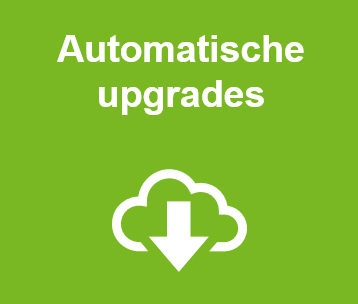
Direct vanuit de cloud. Nooit meer kostbare her-implementaties.
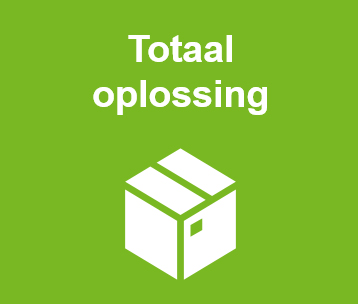
Intercompany cloud ERP, CRM, WMS, portals en webshops
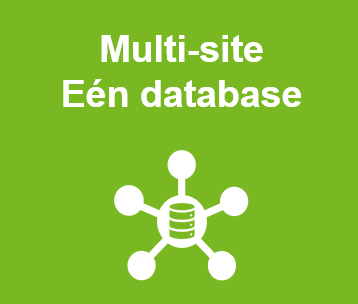
Opereer, manage en consolideer makkelijk over landen heen.

Eenvoudig te realiseren en gaan automatisch mee in het upgrade proces.

Begin klein en groei door qua gebruikers, modules en locaties in de toekomst.


‘Met één centraal systeem stroomlijnen we de complete brouwerij’
Thijs Weber, CFO
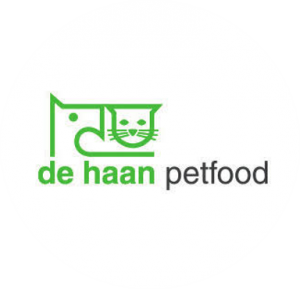
‘Centraal inzicht en grip op de financiële en logistieke stromen.’
Eddy Nijhof, CEO

‘Geen enkele andere oplossing die zoveel out-of-the-box biedt’
Aron Ferguson, CIO
NetSuite food klanten
Veel groeiende food bedrijven wereldwijd maken gebruik van NetSuite ERP, CRM en WMS om hun ambities te faciliteren. Hun ervaringen delen ze in onderstaande customer cases.
Nieuws van FoodQloud
NetSuite’s New Redwood Design is live
NetSuite zet een grote stap vooruit met de introductie van het Redwood design, en biedt gebruikers een frisse, moderne interface. Ontworpen om de gebruikerservaring te verbeteren en workflows te stroomlijnen, brengt deze update een strakke, intuïtieve lay-out met een focus op eenvoud en functionaliteit.
Vacature Telemarketeer (16-24 uur)
Heb jij uitstekende communicatie skills en maak je makkelijk contact? Zoek je een leuke functie voor 16-24 uur? Wij hebben een vacature Telemarketeer. Let’s chat!
NetSuite 2024.2 release: Key Highlights
De NetSuite 2024.2 release brengt spannende nieuwe functies en verbeteringen die bedrijven helpen hun operaties te stroomlijnen, efficiëntie te verhogen en groei te bevorderen. Van verbeterde...
